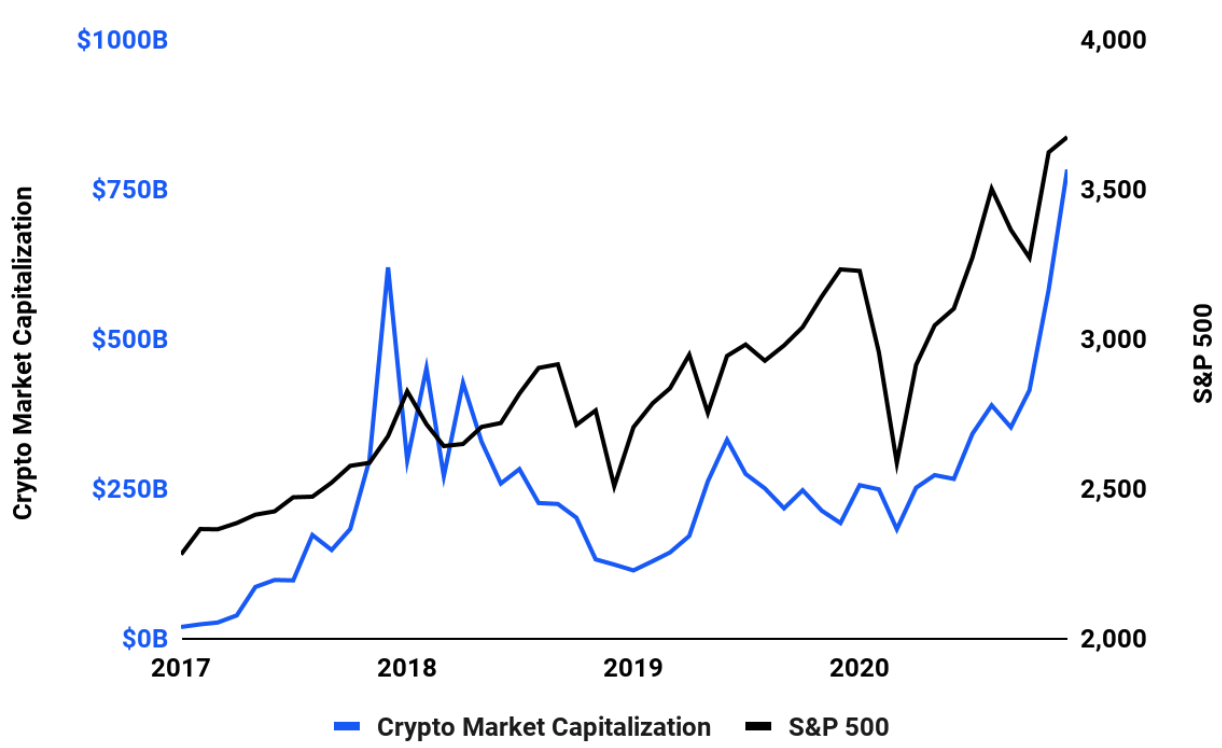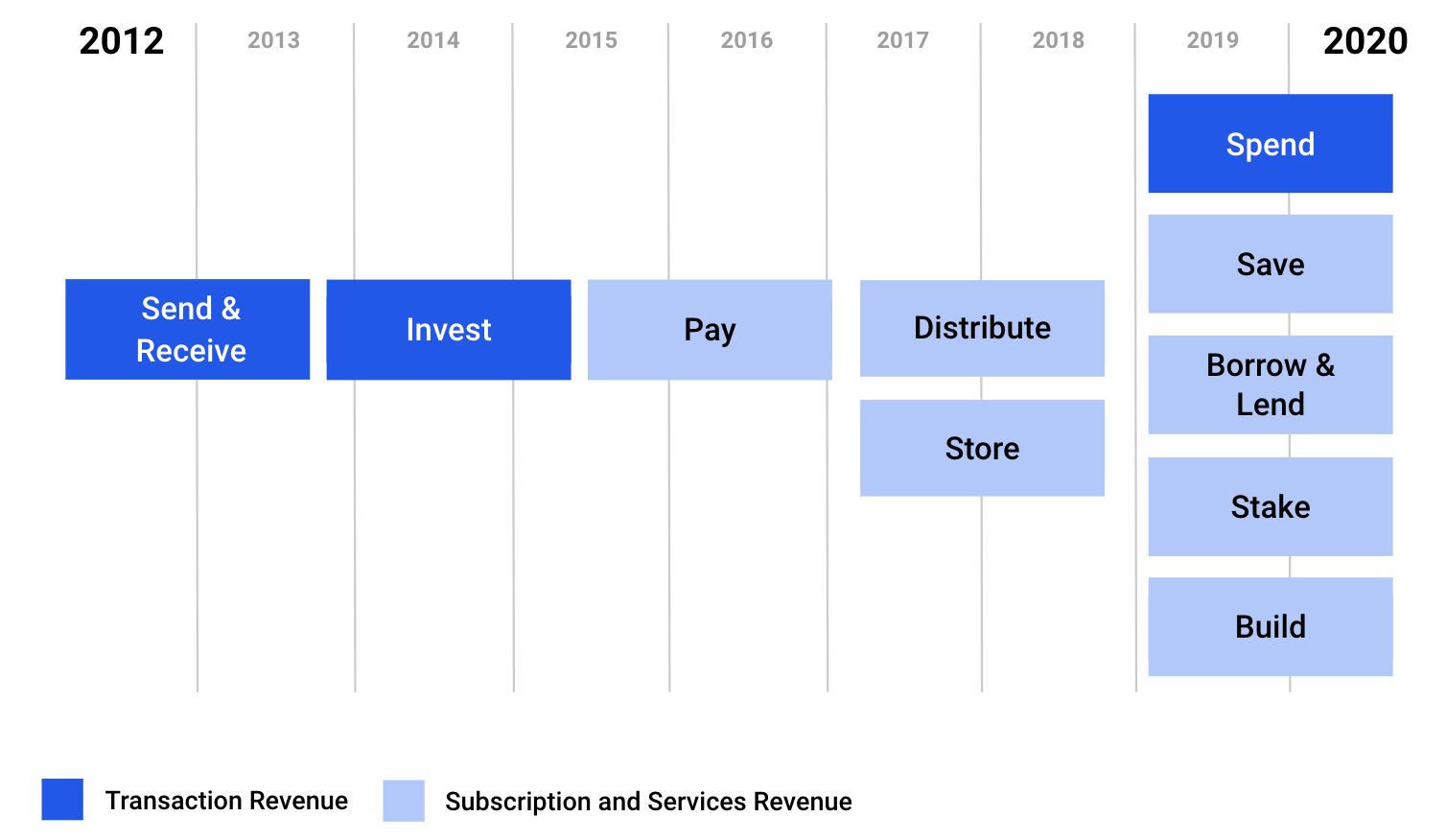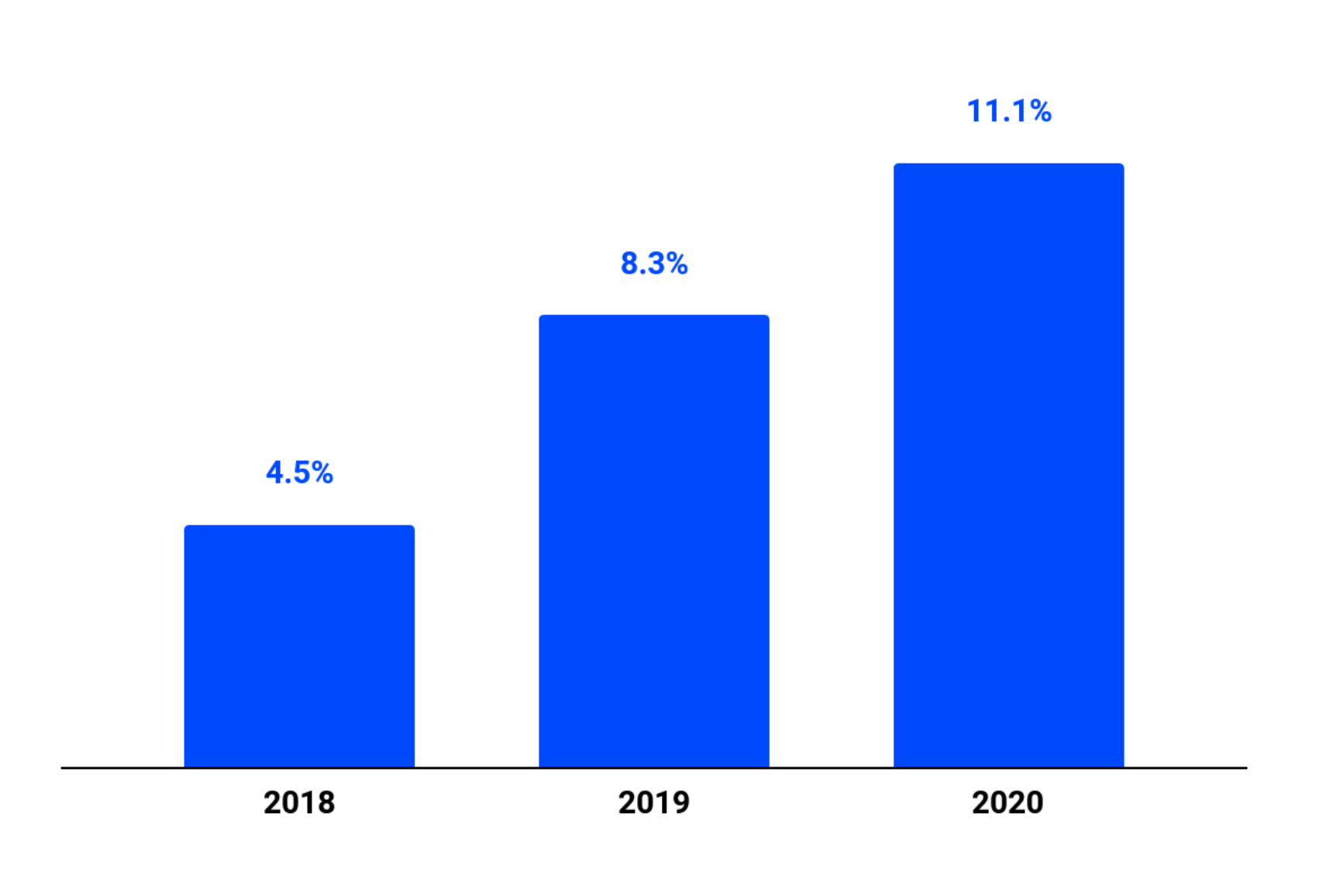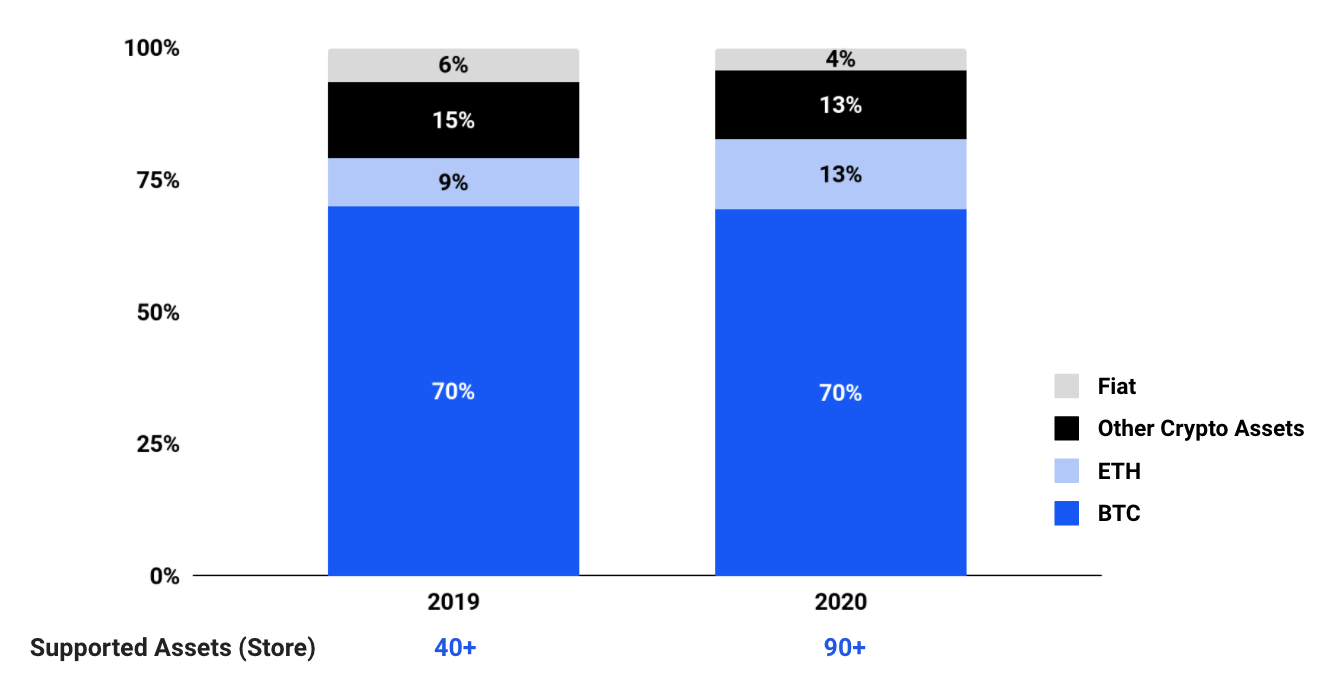VanMoof
We at Balderton are excited to be backing VanMoof on their mission towards getting the next billion on bikes. Even before these challenging times, electric bikes were on a rapid growth trajectory. As people and companies around the world begin to think about safe commuting options going forward, we believe that the quality and experience of riding VanMoof's bikes, their strong community-driven brand and their innovative go to market will help VanMoof become a household name from Tokyo to Berlin.
Taco and Ties, the Founders of VanMoof, have a higher calling: to build the world’s best commuting vehicle, on two wheels or four. With their newest electric bikes the S3 and X3, they are pretty close. To get here they have reinvented an entire industry. Most bike manufacturers rely on commoditized parts, component assembly, distributors and retailers. A VanMoof rides differently because it was built as one integrated product with complete control over their supply chain. This allows them to consistently infuse their bikes with industry first technology that creates a joyful riding experience. Their control over their customer facing front end also allows them to help tackle barriers to everyday riding, with unique services like Peace of Mind that keep your VanMoof in great shape and out of the hands of bike thieves.
Our journey with VanMoof began more than a year ago when we met Taco at the company’s Amsterdam HQ. Over lunch we fell in love with the passion, focus and ambition of the team. We stayed in close contact in the intervening months and in the past few weeks, that focus and ambition crystallised into a successful launch of their newest model. When he let us know that they wanted to accelerate their growth this year, we jumped at the opportunity to work together.
The company boldly launched the S3 and X3 at a time when around the world supply chains are falling apart and people are uncertain about their futures. Despite this uncertainty, the company has seen unprecedented demand. Bicycles are dependable and are becoming an ever more important part of our commutes. Cities like New York, London, Milan and Berlin are building better bicycling infrastructure at unprecedented rates in order to become safer, greener, and cleaner.
Our conviction was deepened by tremendous market growth in electric bicycles, particularly in Europe and the United States. For example in Germany, an important market for VanMoof, the overall electric bike market grew 39% yoy in terms of units in 2019, from 1M to 1.4M, outpacing analyst estimates. While VanMoof market share in Germany is growing quickly, it still represents only low single digits. There’s no ceiling in sight.
VanMoof is much more than a company. It has created a diverse tribe around its brand filled with a world of people who ride bikes but resist the “cyclist” stereotype. There are models who name drop the brand in Vogue articles even while its subreddit boasts more than one thousand members.
Customers love VanMoof because Taco, Ties, and the entire team’s commitment to quality produces a category-leading product that is changing the world for the better. Tim Bunting, myself and the entire team at Balderton are thankful to be on the ride.






